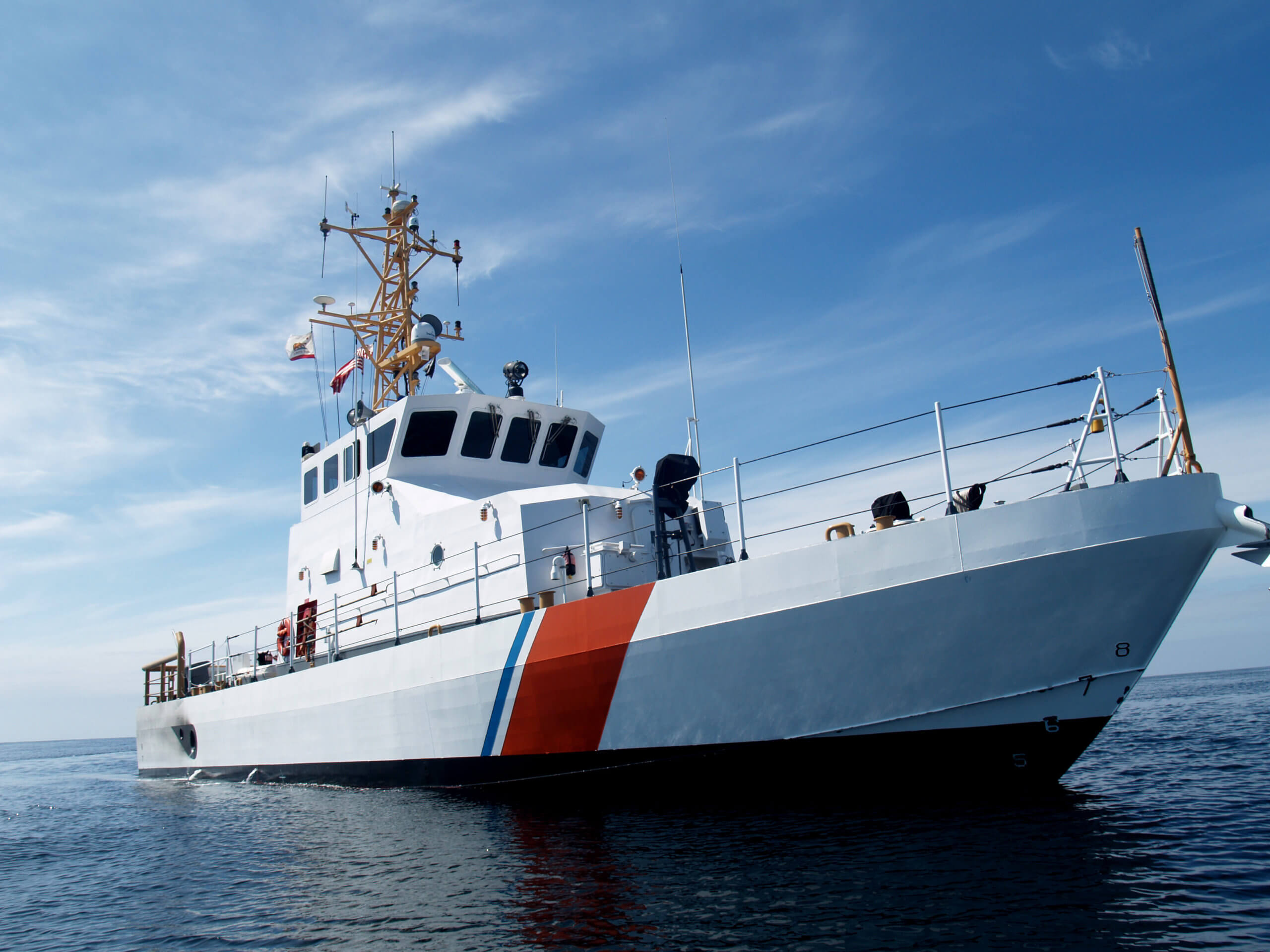Preventing A Collision At Sea, Part IV

Who hasn’t been out on our seaways and experienced another boat overtaking you at such a speed that you grumbled, “What is that moron thinking?” Without any ambiguity, Rule 6 — Safe Speed — is all about determining what is a safe speed, condition by condition.
What does Rule 6 say is a “safe speed”? “Every vessel shall (must!) at all time proceed at a safe speed so that she can take proper and effective action to avoid collision and be stopped within a distance appropriate to the prevailing circumstances and conditions.” Admiralty and maritime boards have consistently applied the rule that a safe stopping distance is operating at a speed that allows you to do so in half the distance that you can see ahead. So, perhaps that guy that blew by you at 40 knots when visibility is to the horizon is traveling at a safe speed then? Possible, but unlikely. Read on.
Rule 6 goes on to define factors “that shall (must!) be among those taken into account” by ALL vessels.
6(a)(i) the state of visibility (OK, to the horizon covers him here.)
ii) traffic density (Well, maybe you were the only other boat in sight.)
(iii) maneuverability (Hmm, can turn on a dime. Maybe still OK.)
(iv) at night, background lighting (Broad daylight . . . still OK.)
(v) sea and weather (Beautiful day . . . still OK . . . hmm!)
(vi) draft versus water (BINGO! No way high speeds can be justified when any small deviation from the channel will ground you at any moment. And we all know that even channels can silt over after a storm or heavy sea state.)
Even though the courts have applied the above-mentioned rule of thumb of “safe speed equals safe stopping in half the range of visibility,” this fails when the hazard is below the surface. Visibility on the night of April 14, 1912 was excellent when Sixth Officer James Paul Moody shouted, “Iceberg ahead!”
With or without alcohol present, breaking Rule 6 can have lifetime consequences. After losing 46 souls when the T/N Andrea Doria collided in the fog with the M/V Stockholm on July 25, 1956, the Andrea Doria’s captain was heard to mutter, “When I was a boy, and all my life, I loved the sea; now I hate it . . .”
As you can tell, we’re looking to build up a solid body of work on the Rules which govern all of us when we are “upon the high seas and in all waters connected therewith navigable by seagoing vessels.” You can use the email address below to request back copies or have specific questions about a “rule event” that you experienced.
By the way, if you are interested in being part of USCG Forces, email me at JoinUSCGAux@aol.com and I’ll help you “get in this thing.”



